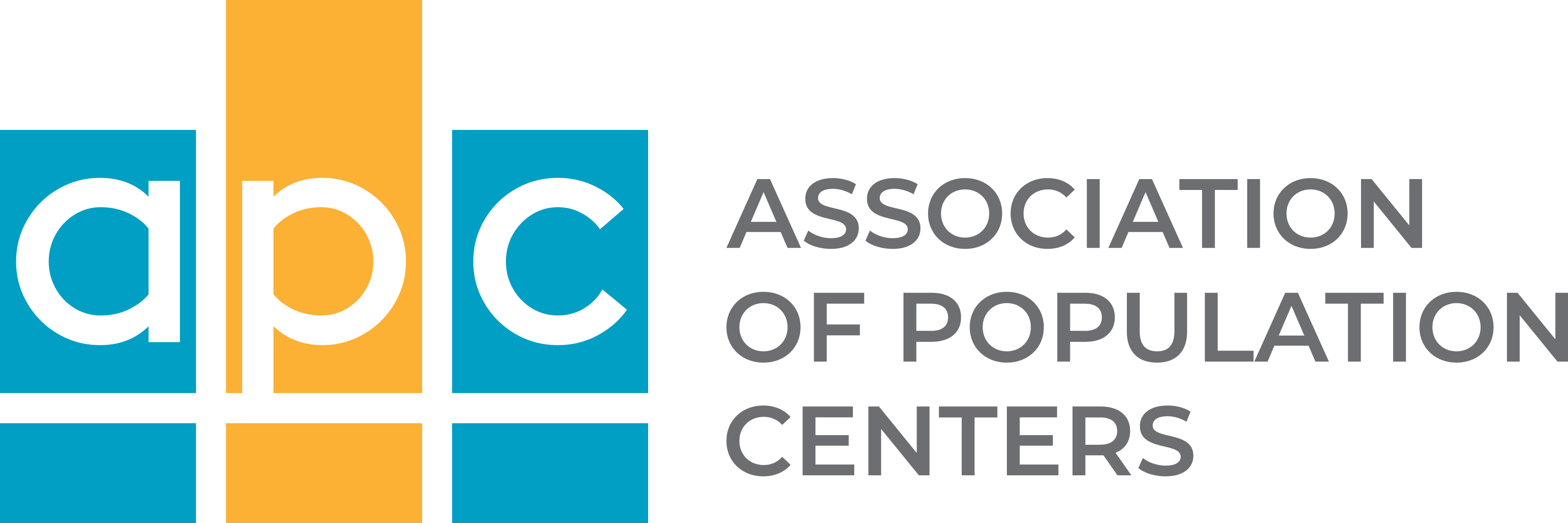EVENTS CALENDAR
These events are supplied by APC member institutions. If you would like to have your events displayed on this calendar, please read these instructions. Or fill out this form to submit a single event.

- This event has passed.
Tracking Conflict and Cholera from Space: Using Night Lights to Measure Infrastructure Collapse and Recovery, Population Displacement, and Disease Risk
April 18 @ 12:30 pm - 1:30 pm PDT
Population Research Discovery Seminar
Daniel Parker, Population Health & Disease Prevention, University of California Irvine
Quantifying armed conflict is challenging, as traditional conflict data often rely on incomplete reporting and typically focus on metrics like the number of airstrikes. However, these measures overlook critical factors such as infrastructure destruction, population displacement, and recovery. In this talk, I’ll discuss how my group has been using satellite-based nighttime lights (NTL) data as a scalable tool for tracking conflict intensity and its downstream effects on public health. Using case studies from Yemen and Ukraine, I’ll show that airstrikes lead to significant declines in NTL, with notable geographic and temporal variation in post-attack recovery. In Yemen, I’ll further demonstrate how NTL can help assess the impact of armed conflict on cholera incidence, providing a means to quantify associations between conflict intensity, infrastructure disruption, and disease risk. The analysis highlights how both the magnitude of conflict and the pace of recovery shape cholera incidence. This approach provides an objective, real-time method for evaluating the cascading effects of conflict on infrastructure and health, with critical implications for humanitarian response and global public health.
Dr. Daniel M. Parker is trained in anthropology and demography and considers himself a spatial epidemiologist and medical geographer. He works on infectious diseases, human movement and travel patterns, and spatial interventions, particularly in under-resourced and conflict-affected regions. His research integrates geographic information systems (GIS), Earth observation data, molecular epidemiology, and statistical modeling to examine disease transmission and barriers to healthcare. He has led large-scale geographic reconnaissance efforts for malaria interventions in Eastern Myanmar; worked on vector-borne disease ecology in Asia, East Africa, and the U.S.A.; and conducted research on displaced populations’ access to healthcare. Through collaborations with NGOs, governments, and academic institutions, his work directly informs scalable public health interventions, using geospatial technologies to analyze mobility patterns, model disease distributions across space and time, and improve healthcare delivery in vulnerable populations.
Co-Sponsor: Population Health Initiative
Questions? E-mail us.
